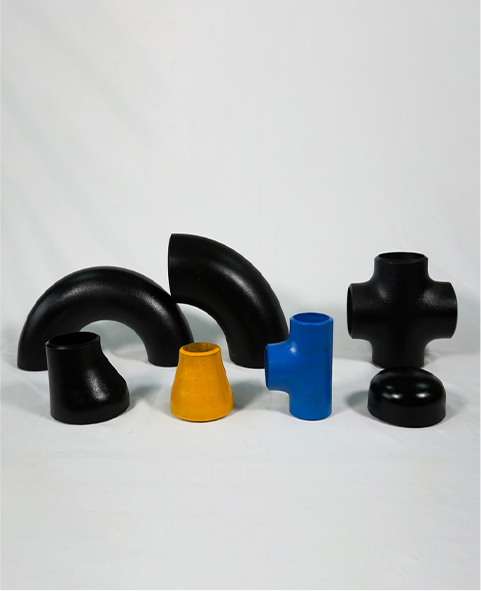-
Cangzhou Yulong Steel Co., Ltd.
-
Phone:
+86 13303177267 -
Email:
admin@ylsteelfittings.com
- English
- Arabic
- Italian
- Spanish
- Portuguese
- German
- kazakh
- Persian
- Greek
- French
- Russian
- Polish
- Thai
- Indonesian
- Vietnamese
- Zulu
- Korean
- Uzbek
- Hindi
- Serbian
- Malay
- Ukrainian
- Gujarati
- Haitian Creole
- hausa
- hawaiian
- Hebrew
- Miao
- Hungarian
- Icelandic
- igbo
- irish
- Japanese
- Javanese
- Kannada
- Khmer
- Rwandese
- Afrikaans
- Albanian
- Amharic
- Armenian
- Azerbaijani
- Basque
- Belarusian
- Bengali
- Bosnian
- Bulgarian
- Catalan
- Cebuano
- China
- China (Taiwan)
- Corsican
- Croatian
- Czech
- Danish
- Esperanto
- Estonian
- Finnish
- Frisian
- Galician
- Georgian
- Kurdish
- Kyrgyz
- Lao
- Latin
- Latvian
- Lithuanian
- Luxembourgish
- Macedonian
- Malgashi
- Malayalam
- Maltese
- Maori
- Marathi
- Mongolian
- Myanmar
- Nepali
- Norwegian
- Norwegian
- Occitan
- Pashto
- Dutch
- Punjabi
- Romanian
- Samoan
- Scottish Gaelic
- Sesotho
- Shona
- Sindhi
- Sinhala
- Slovak
- Slovenian
- Somali
- Sundanese
- Swahili
- Swedish
- Tagalog
- Tajik
- Tamil
- Tatar
- Telugu
- Turkish
- Turkmen
- Urdu
- Uighur
- Welsh
- Bantu
- Yiddish
- Yoruba

Dec . 04, 2024 09:37 Back to list
Cost Analysis of 90 Degree Elbow Pipe Fittings for Construction Projects
Understanding the Cost Factors of 90 Degree Elbow Fittings
In the realm of piping and plumbing, the components that connect and redirect flows are essential for the integrity and efficiency of any system. Among these components, the 90-degree elbow fitting is one of the most commonly used. Its primary function is to allow the change of direction in a pipe system, typically facilitating a shift in flow direction by a right angle. However, when considering the implementation of 90-degree elbows in a project, understanding their pricing is crucial for budgeting and overall project cost management.
What Influences the Price of 90 Degree Elbow Fittings?
The cost of 90-degree elbows varies based on several factors, which can significantly influence the final price you may encounter in the market.
1. Material Type One of the most significant determinants of the price is the material from which the elbow is made. Common materials include PVC, CPVC, brass, stainless steel, and carbon steel. Each material has its own price range, generally reflecting its durability, resistance to corrosion, and suitability for different environments. For example, stainless steel fittings tend to be more expensive than PVC due to their enhanced strength and longevity, making them ideal for high-pressure applications.
2. Size and Diameter The size of the elbow also affects pricing. Larger diameter fittings typically cost more because they require more raw material to produce and may take longer to manufacture. Additionally, larger fittings may also require specialized equipment or tools for installation, further increasing the overall project cost.
3. Manufacturing Process The method used to manufacture the elbow, whether it’s molded, forged, or fabricated, can impact the price. Forged fittings, which are created from solid metal and then shaped, are usually more expensive than molded options due to the labor and materials involved.
90 degree elbow price

4. Pressure Rating Different elbow fittings are rated for varying pressure levels. Higher-rated elbows, engineered to withstand more stress and pressure, typically command higher prices. When selecting an elbow, it’s essential to choose one that meets the pressure requirements of your system for safety and performance, even if this means incurring additional costs.
5. Brand and Quality Reputable brands that are known for exceptional quality and durability may charge more for their products. It can be a wise investment in the long run, as high-quality fittings often lead to fewer failures and maintenance issues.
6. Market Conditions Like any other commodity, the price of elbow fittings can fluctuate based on market demand and supply conditions. Economic factors, such as raw material availability, labor costs, and global events (e.g., natural disasters affecting manufacturing plants), can lead to price increases.
The Importance of Planning and Budgeting
When planning a project that involves the use of 90-degree elbow fittings, it's vital to take into account all potential costs, including not just the elbow itself but associated materials and installation services. Conducting thorough market research and obtaining multiple quotes can help identify reasonable pricing and ensure that you receive a quality product at a fair price.
Conclusion
The 90-degree elbow fitting may seem like a minor component in the larger scheme of piping systems, but its effect on functionality and flow cannot be underestimated. Understanding the various factors influencing their price can guide you in making informed purchasing decisions that ensure both efficiency and cost-effectiveness. Whether you are an engineer, contractor, or DIY enthusiast, recognizing these elements can help you integrate these essential components into your project while maintaining budgetary constraints.
Latest news
-
ANSI 150P SS304 SO FLANGE
NewsFeb.14,2025
-
ASTM A333GR6 STEEL PIPE
NewsJan.20,2025
-
ANSI B16.5 WELDING NECK FLANGE
NewsJan.15,2026
-
ANSI B16.5 SLIP-ON FLANGE
NewsApr.19,2024
-
SABS 1123 FLANGE
NewsJan.15,2025
-
DIN86044 PLATE FLANGE
NewsApr.19,2024
-
DIN2527 BLIND FLANGE
NewsApr.12,2024
-
JIS B2311 Butt-Welding Fittings LR/SR 45°/90° /180°Seamless/Weld
NewsApr.23,2024











